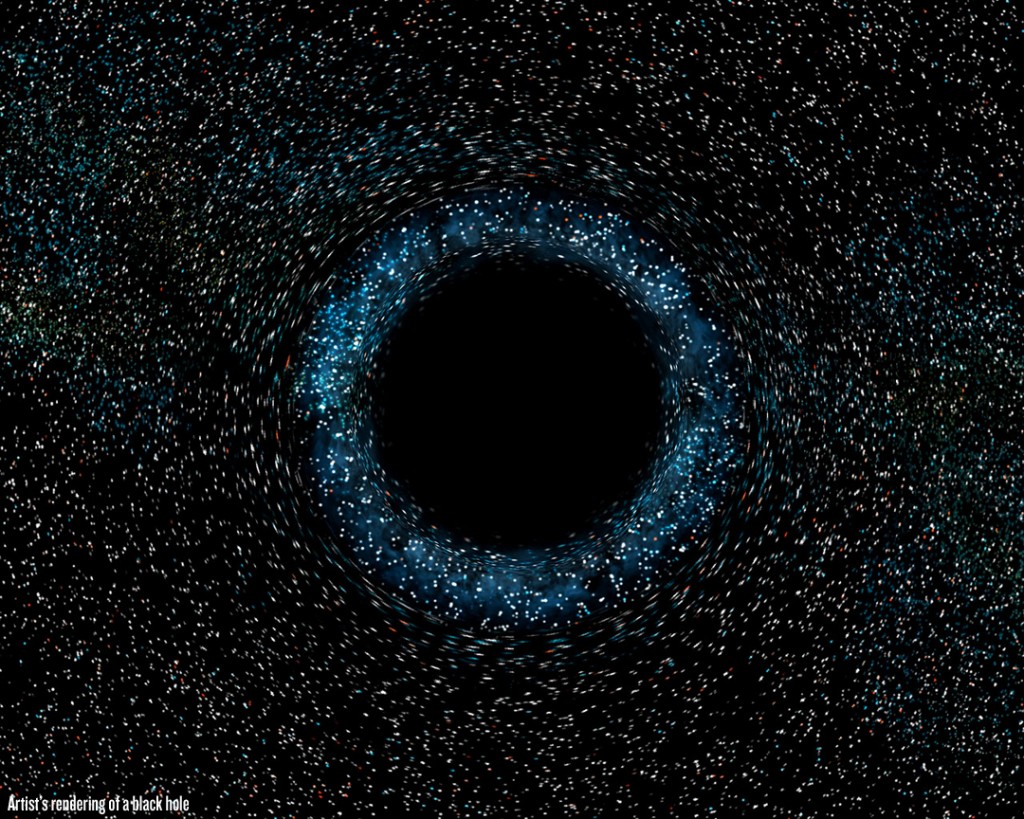Something very unique happened yesterday in the Marshall Islands in the central Pacific Ocean at 12pm EST. As millions of us were eating our lunch, a customized plane took off from the Kwajalein Atoll with a rocket clipped to its underbelly. But this is not your average rocket by any stretch of the imagination. Known as NuSTAR (Nuclear Spectroscopic Telescope Array), the rocket contains a hugely powerful telescope with specialized “X-ray eyes” that have 10X the resolution and 100X the sensitivity of similar telescopes. It’s mission is to study black holes and decipher how exploding stars manage to spit out all those familiar elements that are found all over the universe. The following is an excerpt from CNN’s story from yesterday: “This was a plane-assisted launch, which is less expensive than the dramatic liftoffs from the ground. From the air, less fuel is required to help the goods escape Earth’s gravitational pull. An Orbital Science Corporation L-1011 “Stargazer” plane flew over the Pacific Ocean carrying a Pegasus XL rocket. The rocket dropped from the plane and then ignited and propelled the telescope array. Here’s a video from NASA of a previous Pegasus launch. The rocket’s first-stage motor burned for 70 seconds before dropping away, and then the second-stage motor started burning. Meanwhile, the nose cone with NuSTAR in it released. The telescope array separated from the rocket’s third stage about 13 minutes after being released from the plane. After separation and successful entrance into orbit, NuSTAR’s solar arrays were deployed. In about a week the NuSTAR will deploy a 33-foot boom, which will allow for X-ray light to be focused into sharp images. The boom is long because the mirrors and the detectors need to be far apart in order to focus X-ray light – sort of like if a face and eyeglasses were separated by a few feet. The science operational stuff will start about 30 days after NuSTAR launches, NASA said. The next mission on Pegasus will be the IRIS mission, scheduled for the early part of 2013. Scientists hope IRIS will provide insights into the workings of the sun.”
NASA’s Insanely Cool NuSTAR Nuclear Telescope Is On Its Way To Unlock The Secrets Of Black Holes
Brent Lambert
Writer, editor, and founder of FEELguide. I have written over 5,000 articles covering many topics including: travel, design, movies, music, politics, psychology, neuroscience, business, religion and spirituality, philosophy, pop culture, the universe, and so much more. I also work as an illustrator and set designer in the movie industry, and you can see all of my drawings at http://www.unifiedfeel.com.


